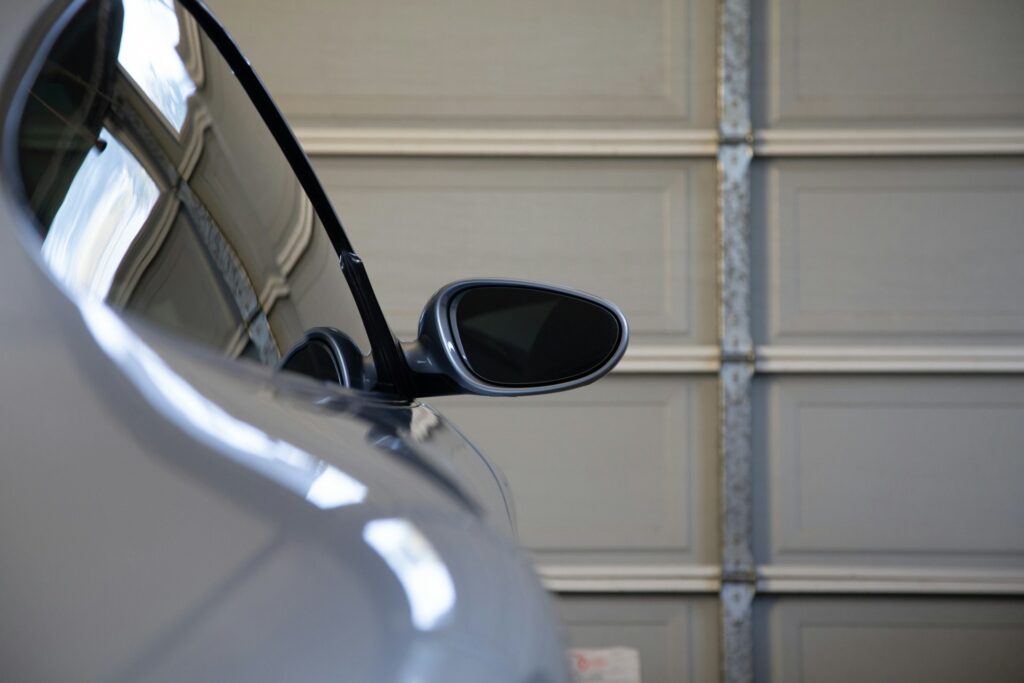Repairing a garage door panel can be a straightforward process if you know what to look for and how to address common issues. By understanding the steps involved in identifying and fixing problems, you can save both time and money, avoiding the need for complete replacements.
When it comes to garage door panel replacement, knowing how to repair minor damages can extend the life of your door. This guide will walk you through the essential steps of repairing garage door panels, from spotting early signs of wear to implementing effective repair techniques. By following these guidelines, you can maintain the functionality and appearance of your garage door, enhancing your home’s security and curb appeal.
Identifying common panel issues
Before you can repair a garage door panel, it’s crucial to identify the specific issues affecting it. Common problems include dents, cracks, and rust, which can compromise the panel’s integrity. Dents often occur from accidental impacts, while cracks may develop due to material fatigue or environmental factors. Rust is typically a result of prolonged exposure to moisture.
To effectively diagnose these issues, conduct a thorough visual inspection of your garage door. Look for visible signs of damage such as uneven surfaces, chipped paint, or areas where the panel appears misaligned. Additionally, listen for unusual sounds during operation, like grinding or squeaking, which may indicate underlying mechanical problems.
Once you’ve identified the issues, you can determine the best approach for repair. Addressing these problems early on prevents them from escalating into more severe damage that could necessitate a full panel replacement.
Weather conditions can also significantly impact garage door panels, particularly in regions with extreme temperatures or high humidity. Wooden panels may warp or swell, while metal panels can experience thermal expansion and contraction. These environmental factors can lead to gaps between panels, misalignment, or binding during operation. Regular inspection during different seasons helps identify weather-related issues before they cause permanent damage to your garage door system.
Steps to repair garage door panel
Repairing a garage door panel involves several steps, depending on the type and extent of the damage. For minor dents, you can use a rubber mallet to gently tap the panel back into shape. If the dent is more pronounced, applying heat with a hairdryer followed by cooling with compressed air can help pop the dent out.
For cracks, use a fiberglass-reinforced patching compound to fill the gaps. Sand the area smooth once the compound has dried, and repaint the panel to match the rest of the door. This method ensures a seamless repair that restores both the appearance and strength of the panel.
Rust removal requires a bit more effort. Start by sanding down the rusted area until you reach clean metal. Apply a rust-inhibiting primer to prevent future corrosion, then repaint the panel. Regular maintenance, such as applying a protective wax coat, can help prevent rust from returning.
Preventative maintenance tips
To minimize the need for future repairs, implement a routine maintenance schedule for your garage door panels. Regular cleaning with a mild detergent and water removes dirt and debris that can cause abrasion. Lubricate moving parts like hinges and rollers to reduce friction and wear.
Inspect the panels periodically for signs of damage, and address any issues promptly. Tighten loose hardware and ensure that cables and springs are in good condition to maintain a balanced door system. These preventative measures not only extend the life of your panels but also enhance the overall safety and efficiency of your garage door.
By staying proactive with maintenance and knowing garage door expert in Austin, TX for professional assistance when needed, you can ensure your garage door remains in optimal condition for years to come.






